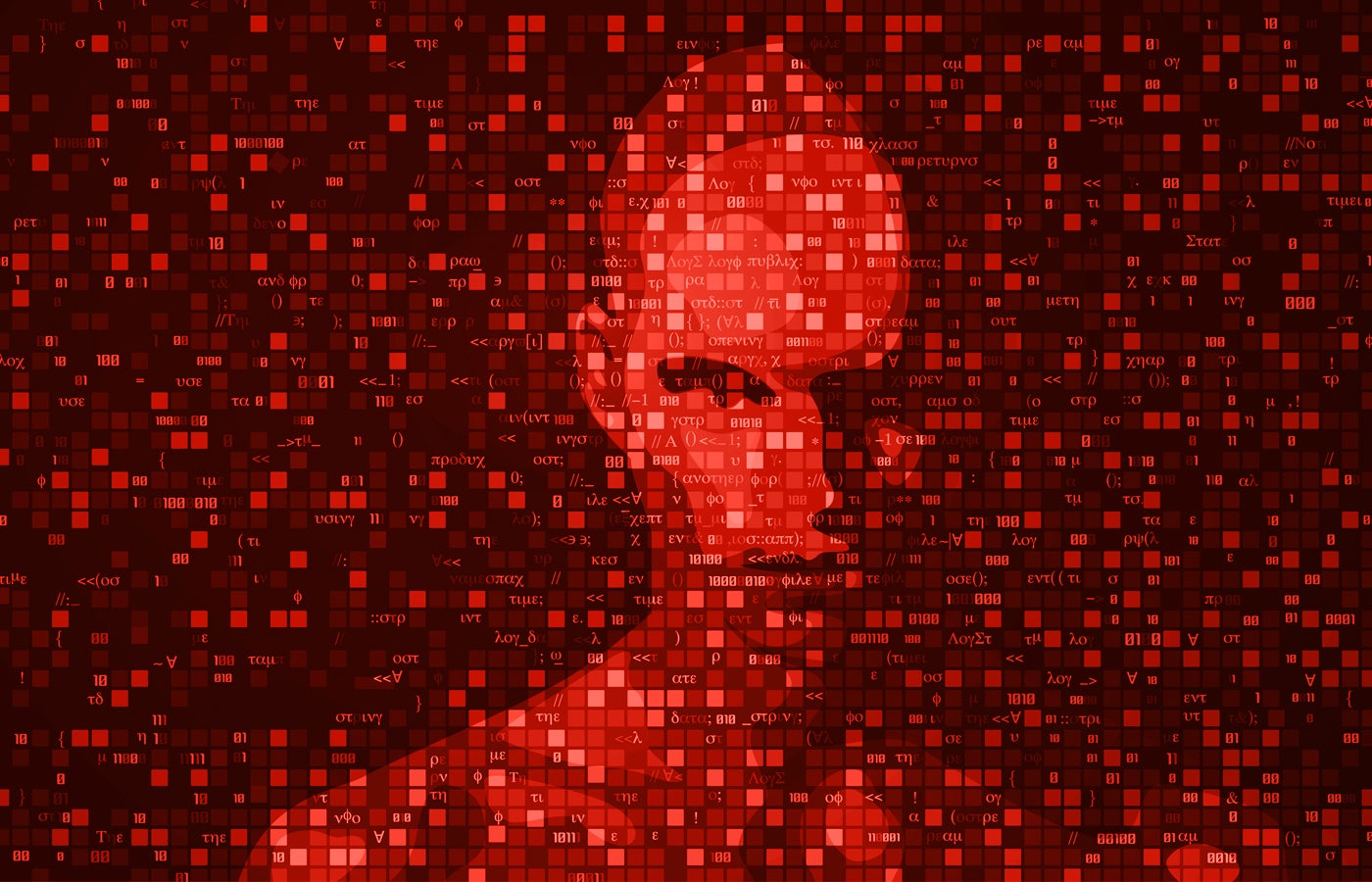The BearID Project is using deep learning to help automate time-intensive research processes amid climate change and shifting wildlife behaviors.
Computer algorithms are playing an increasingly prominent role in scientific research and conservation efforts around the globe–this includes undertakings focused on mitigating wildfires to helping geophysicists understand slow-slip seismic activity. Researchers in British Columbia are using deep learning and facial recognition to monitor brown bear populations as part of the BearID Project. We spoke with Melanie Clapham, Ph.D., a postdoctoral fellow at the University of Victoria and co-director and conservation scientist of the BearID Project, who has been studying grizzly bears on British Columbia’s west coast since 2009.
Climate change and wildlife behavior
Climate change has negatively impacted Western Canada in myriad ways ranging from extreme heat and flooding to shifting wildlife habitats. In particular, salmon populations, a food staple for bears in the region, have declined markedly in recent years. These reductions in food resources could be behind unusual bear movements and behaviors in the area.
“We’re seeing grizzly bears move into areas where potentially they haven’t lived or inhabited before. There [are] multiple different potential reasons for that, but one of the ongoing hypotheses is that it’s in relation to a lack of food availability, specifically reductions in salmon returns,” Clapham said.
“This can create interesting dynamics between people and wildlife, when large predators are moving into areas where potentially people aren’t used to living around them,” Clapham said.
Clapham described a number of instances where grizzly bears have traversed the waterway separating Vancouver Island from the mainland.
“They potentially could have always done that, but we don’t have a resident population of grizzlies on Vancouver Island,” Clapham said.
SEE: The Internet of Wild Things: Technology and the battle against biodiversity loss and climate change (cover story PDF) (TechRepublic)

The BearID Project is focused on monitoring bear populations to understand these behavioral changes related to diminished food resources, climate changes, coexistence with humans in the area, and more. To do so, as Clapham explained, her research involves studying grizzly bear social behaviors and identifying individual bears over time.
“I spent a lot of time observing individual bears, and studying the differences between them, and getting to know individuals, and therefore being able to recognize between individual bears, but there are some bears that come into this population that we don’t know, we can’t easily recognize,” Clapham said.
Using facial recognition to identify bears
Similar to the ways in which humans change over time, Clapham explained that bears’ appearance also changes from season to season and across multiple years. Historically, camera traps play a central role in this identification and analysis for bears and other species. When an animal roams into an area, the camera is triggered to collect images and/or video. A researcher will need to analyze this photo, and this manual identification can be time-consuming work, Clapham explained.
“Traditionally, you’d have a researcher at a computer that’s sat there, that has to go through every single photo, or every single video in detail, to look if there is anything to note featured in that image–so any species, or anything that should be recorded. Obviously, that takes a lot of time.”
“[Automation] would allow scientists to spend more time on the actual data itself, and asking and addressing research questions, rather than spending months even out of the year, just going through and filtering blanks out of footage that’s collected.”
The BearID Project taps deep learning and facial recognition capabilities to assist with this manual identification process. To train its identification algorithm, the team used data collected in Knight Inlet, BC, and crowdsourced images from Katmai National Park rangers, according to Clapman.
SEE: TechRepublic Premium editorial calendar: IT policies, checklists, toolkits, and research for download (TechRepublic Premium)
This data was pooled together, with 80% set aside for training purposes and 20% used for testing, according to Clapham. Initially, the team was focused on testing basic positive identification before refining the models.
“We didn’t really do much filtering of the data that [went] in–just basically, if a bear’s face could be seen in the image, and specifically if we could see both eyes, that was what we were looking for, for the face to be detected,” Clapham said.
While this approach worked for the initial detection test, the team is now focused on refining the algorithm and gaining a better understanding of when and where the model fails to identify bears.
“Now, we want to go back and actually look at the data, and look at the error in a little bit more detail, like which of the bears it’s getting wrong, when is it getting these bears wrong, and potentially why? And we’re hopeful that might help us to understand a little bit more about how the models are behaving, which could help us to potentially increase the accuracy going forward,” Clapham said.
For example, she explained that the algorithm currently has trouble consistently identifying a particular set of bear siblings; one bear is always accurately identified, but the other one is often mistaken for other bears.
“That’s quite interesting to us, why two closely related bears could look very different to the system,” Clapham said.

Assisting research teams with automation
This algorithm-assisted approach could enable researchers to monitor the movements of bears across landscapes; at the moment, this type of population analysis is enabled via DNA extracted from fur samples and GPS collars, according to Clapham. Comparatively, these automated observation methods offer a less invasive approach to bear research.
“Putting cameras up in the landscape is a really noninvasive way to study them, and we also think that we can actually study more individuals using cameras than potentially we would be able to if we were trying to physically capture individual bears and put collars on them,” Clapham said.
“That’s where [researchers] are heading as [bear] populations have become even more threatened, and endangered, and people are looking for more non-invasive techniques to study them and techniques that also can collect larger amounts of data,” Clapham said.
These noninvasive automated analysis tools also allow researchers to be more “cost-effective” in the field, because, as Clapham put it, “funding is always an issue in terms of wildlife research.” Similarly, she explained that there is a general push to centralize camera trap analysis to enable researchers across fields to utilize a collective dataset.
“There’s definitely a push to centralize this type of camera trap analysis, so that it can be used by the broader community as well, because obviously there [are] thousands of researchers [out] there, with millions of images on their hard drives at home. Sometimes they’re only being used to ask questions about one specific species, but could be applied to other species as well,” Clapham said.
The team hopes to build an online portal that would enable researchers, governments, nonprofit organizations, and others to utilize this identification software for their specific monitoring purposes as needed, per Clapham.

An open source approach to wildlife research
While the BearID Project is focused on bear analysis, researchers studying other animals have contacted Clapham about using the automated identification capabilities to study caribou, various deer species, wolves, and more. However, as she pointed out, the models are only as capable as a given dataset permits.
“These deep learning methods are pretty data hungry and so when people have [contacted] me asking about different species, I have to dig in to find out how much data they have, how many images per individual they have, how many individuals they have, and types of footage,” Clapham said.
“There’s nothing to say it can’t, as long as we’ve got some training data to potentially retrain some of the algorithms,” Clapham said.
Overall, a better understanding of the dataset allows Clapham to have a clearer perspective about whether this approach could work for other species, she explained. To assist with other research projects, the team has made all of their code available open source online.
“There’s really nothing stopping other groups. If they can sort the training data, to go back and go through our code, and just adapt it to other species.”





